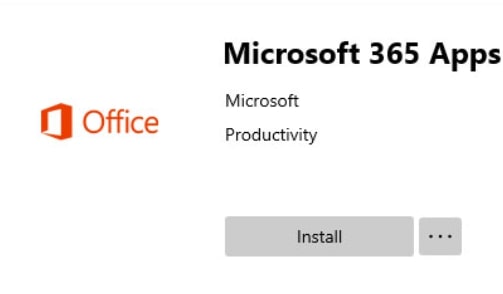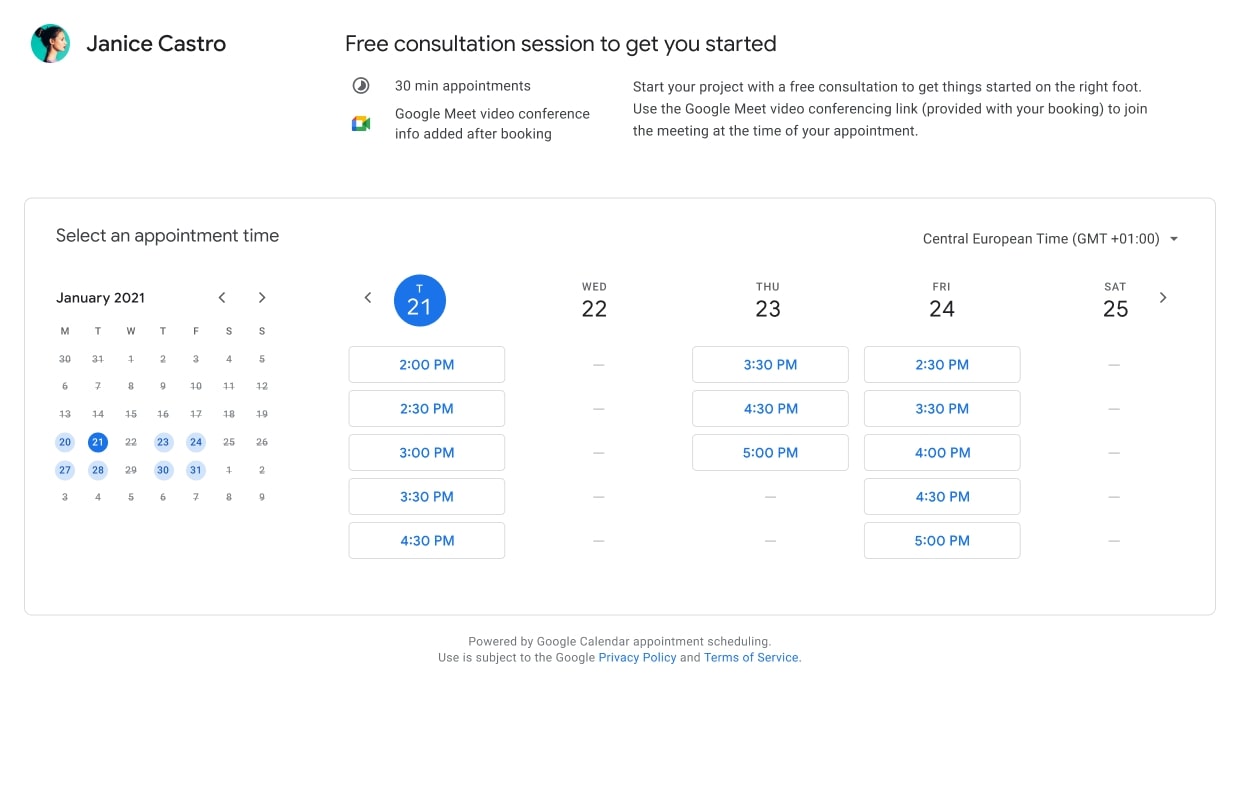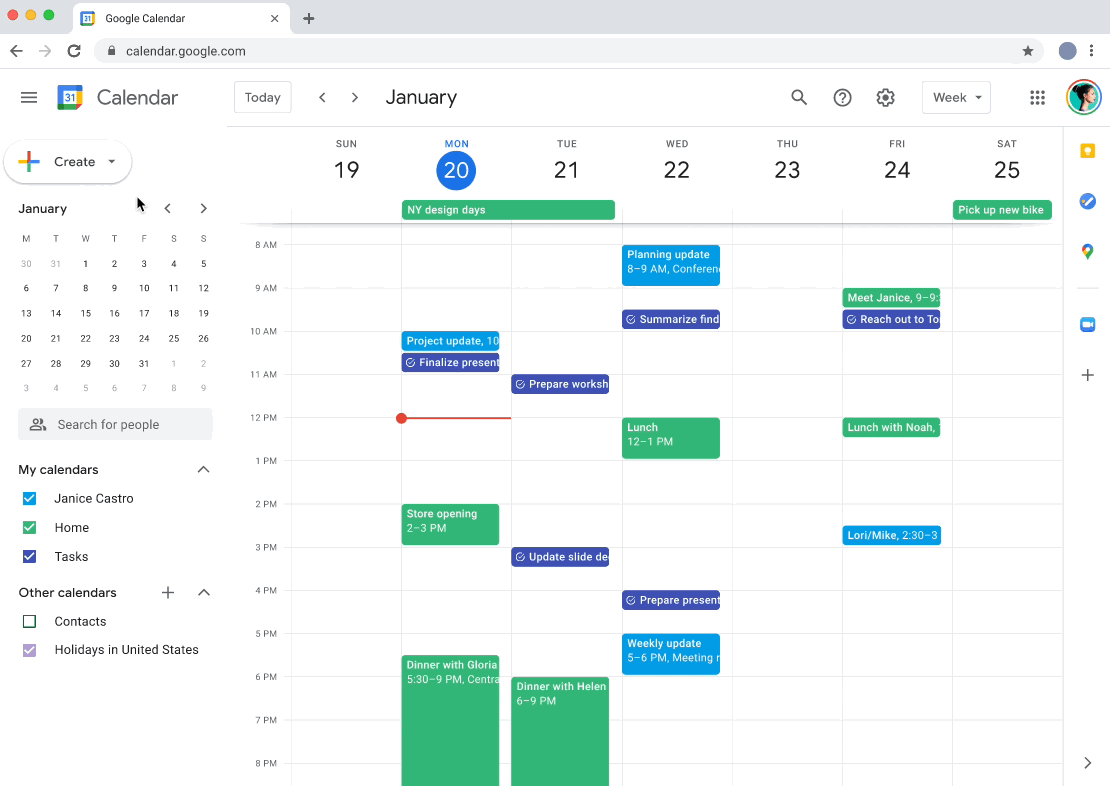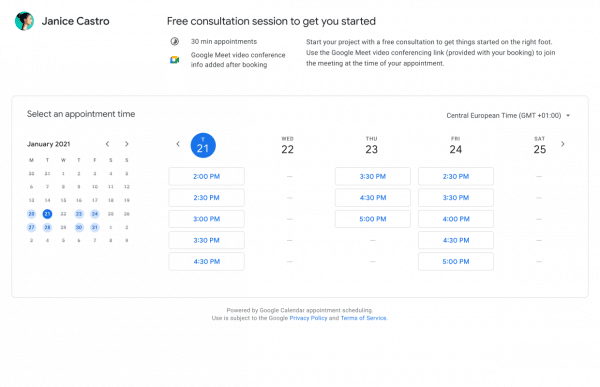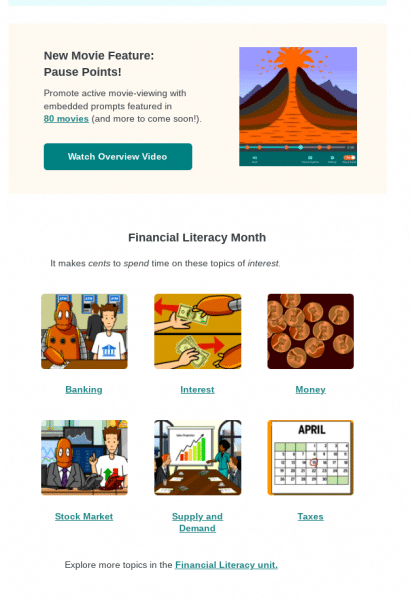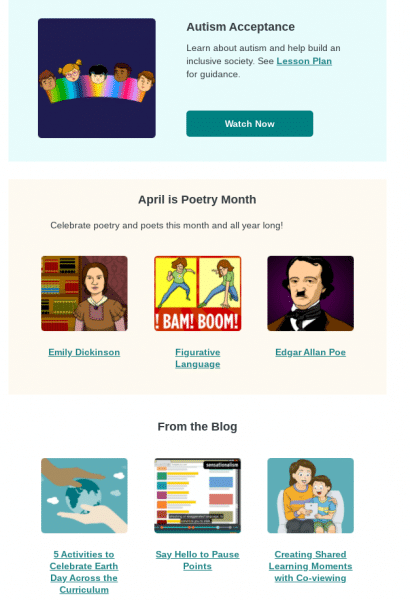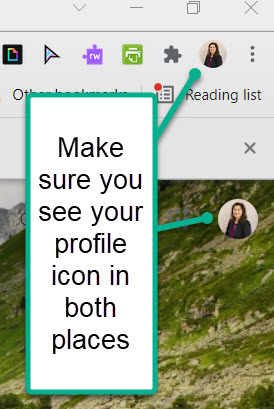We are very excited to announce that, starting today, all P-CCS instructional staff with a new Dell laptop are now able to access Microsoft Office 365. Prior to today, only a limited number of staff had access to Microsoft Office. Now, all instructional staff with a new Dell laptop can access the web version of Office 365 and/or install it on their new district laptop.
To install Microsoft Office 365, simply open the Company Portal, select Microsoft Office 365, and click install. For more detailed directions, please follow these step-by-step instructions.
As a reminder, please be patient while software is installed through the Company Portal. If you are logging into your laptop for the first time, the initial setup of your laptop (including the install of the Company Portal) can take up to 2 hours.
Additionally, students do not have access to Microsoft Office 365 through P-CCS, so please be sure to provide documents in a format that is compatible with Google Drive.
Please note that while we are able to offer free access to Microsoft Office 365 due to our current agreement with Microsoft. Microsoft is able to change these terms at any time. While not expected, if this occurs, we would no longer be able to offer staff continued access to Microsoft Office 365 and would do our best to notify affected staff as soon as possible should we need to rescind access.

